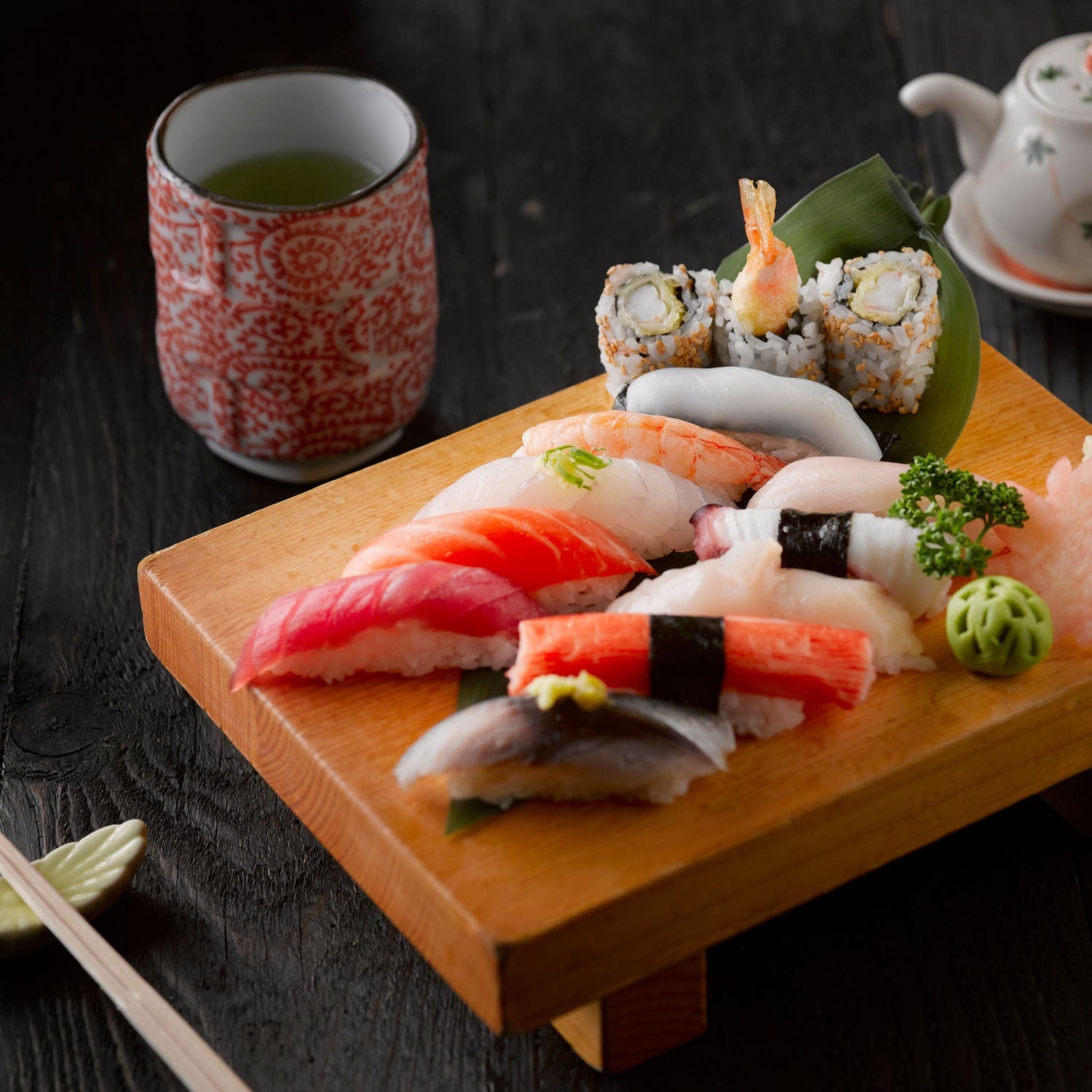Sushi: Origins, Fun Facts, and How to Enjoy It Properly 🍣
In recent years, sushi has become one of the go-to choices for nights out with friends. It’s now a beloved dining ritual especially among younger generations. While it hasn’t replaced the traditional pizza night, going out for sushi has definitely become a trend in Italy too.

The Origins of Sushi
The exact origins of sushi are uncertain, but it likely dates back to the 4th century in Southeast Asia, where fish was preserved by gutting, salting, and wrapping it in cooked rice.
The word sushi literally means “sour” and originally referred to a variety of foods prepared with rice. Outside of Japan, however, it’s often understood to mean raw fish or a few specific Japanese dishes such as maki, nigiri, and sashimi.
The white, short-grain rice is carefully washed and cooked using a special method, then seasoned with rice vinegar mixed with sugar and salt, and gently warmed.
Among the most common types of sushi are: Uramaki, Nigiri, Hosomaki, and many others.
Sushi Bar Etiquette: The Rules
Eating sushi is not just about flavor it’s also about etiquette. Here are some essential rules to follow when dining at a traditional sushi bar:
- Lift the bowl close to your mouth when eating.
- Use chopsticks to bring solid food to your mouth.
- Eat ginger with chopsticks it’s a palate cleanser, not a side dish.
- Dip only the fish (not the rice) into soy sauce.
- Eat each sushi piece in one bite.
- Order directly from the chef only food, nothing else.
- If you struggle with chopsticks, using your hands is perfectly acceptable.
- Always clean your hands before ordering.

The Risks of Raw Fish: What You Should Know
Since sushi involves raw fish, it’s important to be aware of some health precautions.
Always choose reputable, trustworthy restaurants. As with any raw food, the risk of foodborne illness increases when the fish is not properly handled or frozen.
The most common risks include infections caused by parasites or bacteria such as Anisakis, Escherichia coli, Staphylococcus, Listeria, and Salmonella.
How to Stay Safe When Eating Sushi
Choose saltwater fish, as they’re less likely to be infected by parasites or bacteria than freshwater species. Tuna is a safe choice, while salmon more affordable and widely available also has low mercury levels and is generally parasite-free.
Certain groups should avoid eating raw fish altogether: children, pregnant women, the elderly, people with weakened immune systems, those with stomach issues, and anyone with fish allergies.
In Conclusion
Sushi is more than just a trend it’s a culinary tradition rich in culture and flavor that continues to win over food lovers around the world. With just a bit of caution, you can enjoy it safely and fully appreciate its artistry.
So, what else is there to say? Enjoy your sushi!






















